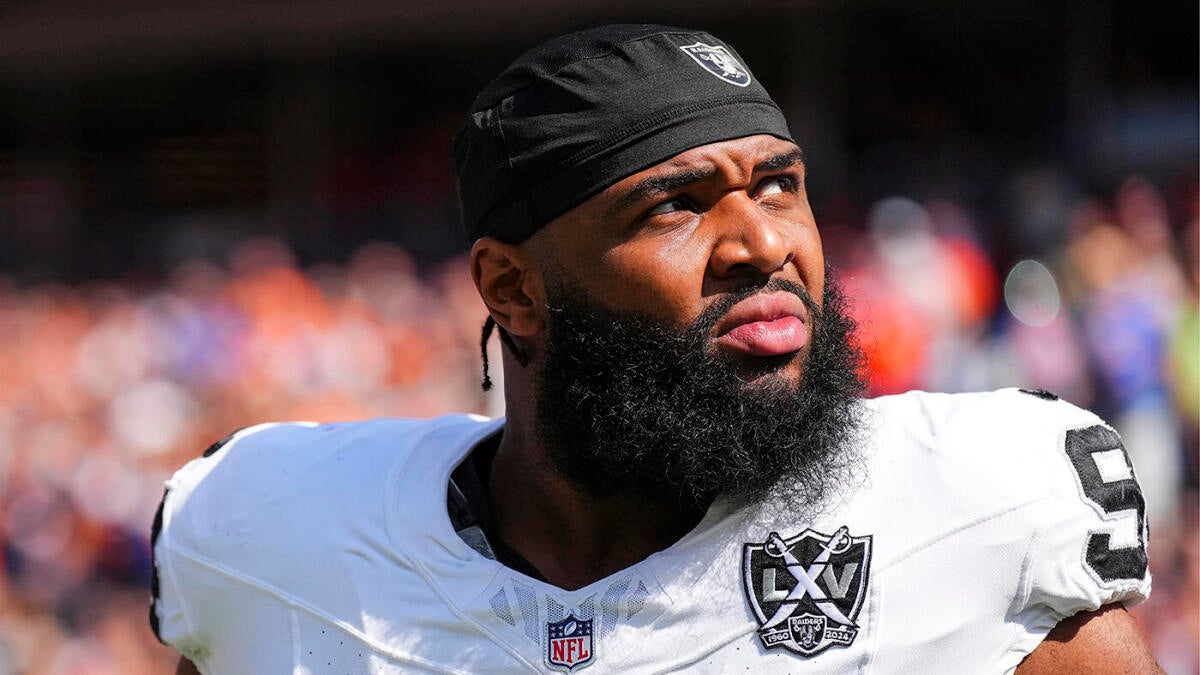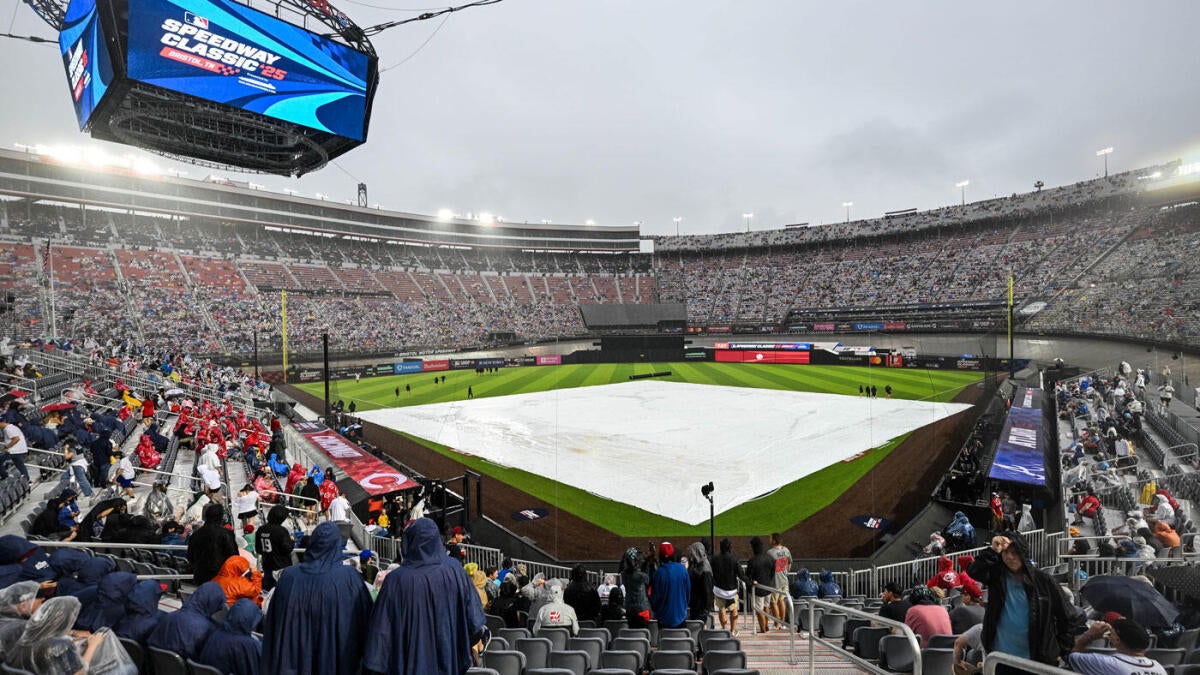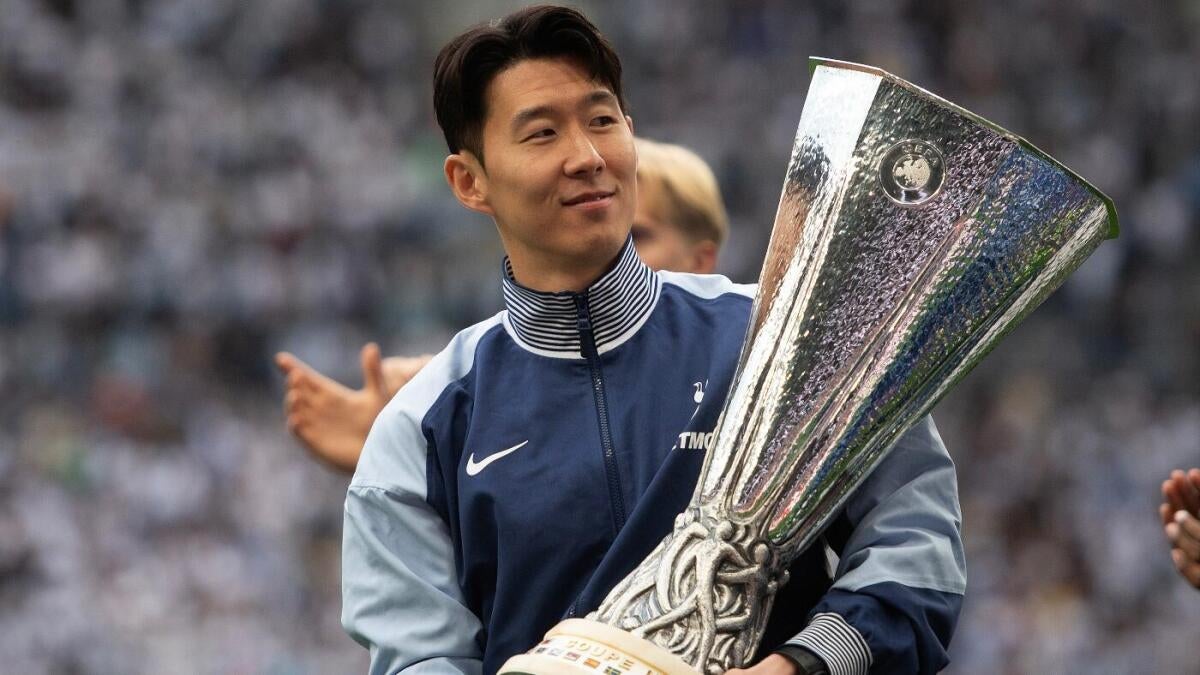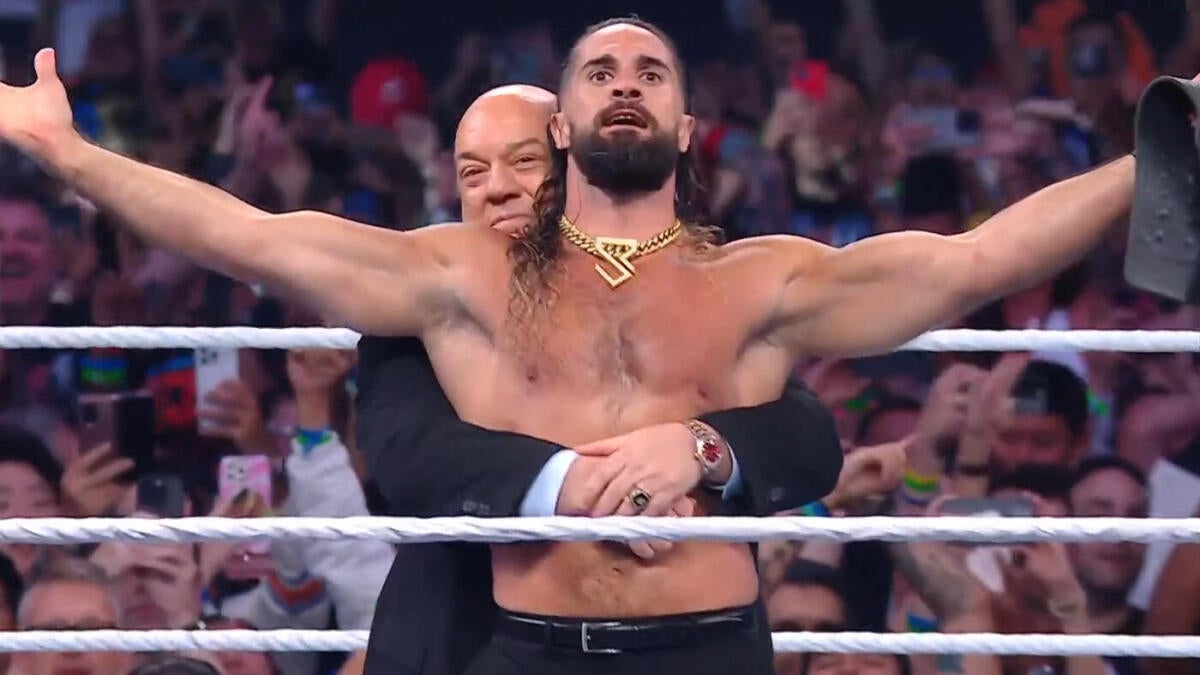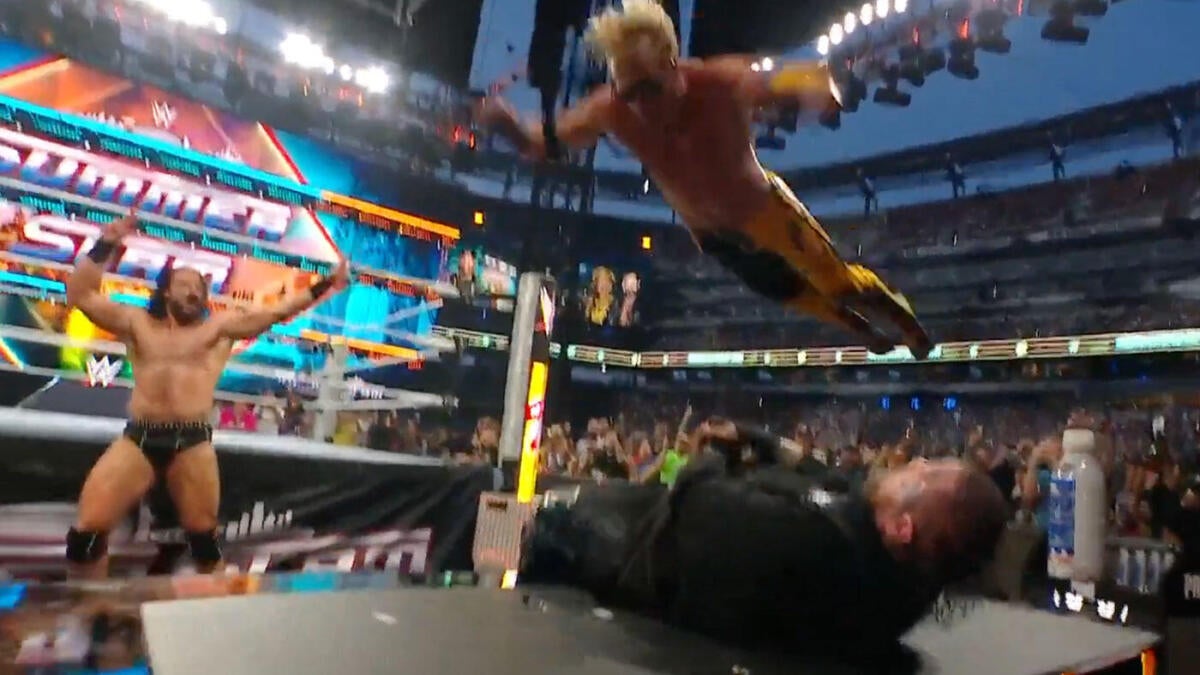The Shocking Release of Christian Wilkins: A Deep Dive into the Raiders’ Controversial Decision
Introduction
The NFL landscape was rocked when the Las Vegas Raiders released defensive lineman Christian Wilkins after just five games of the 2024 season. Wilkins, who had signed a four-year, $110 million contract with the team in March 2024, was expected to be a defensive cornerstone for years to come. However, his abrupt departure has sparked widespread controversy, raising questions about the Raiders’ decision-making, player health management, and team dynamics. This report delves into the multifaceted reasons behind Wilkins’ release, its implications, and the broader lessons it offers for the NFL.
The Injury and Rehabilitation Dispute
The immediate catalyst for Wilkins’ release was a Jones fracture he suffered on October 6, 2024. This type of injury, known for its slow healing process, became the focal point of a dispute between Wilkins and the Raiders’ medical staff. Reports indicate that the Raiders insisted on surgical intervention, while Wilkins preferred an alternative rehabilitation approach. This disagreement over treatment protocols escalated into a full-blown conflict, ultimately leading to his release.
The Raiders’ decision to void the remaining $35.2 million in guaranteed money on Wilkins’ contract further complicated the situation. This move has drawn criticism, as it raises concerns about the team’s commitment to player health and contractual obligations. The NFL Players Association (NFLPA) has since filed a grievance on Wilkins’ behalf, challenging the Raiders’ decision to void the contract. The grievance argues that the Raiders’ insistence on surgery may conflict with Wilkins’ medical opinions and potentially violate the collective bargaining agreement. The outcome of this grievance could set a precedent for how NFL teams handle player injuries and contract guarantees in the future.
A “Playful Kiss” and Team Dynamics
While the injury dispute provides a clear point of contention, reports suggest that deeper, more nuanced issues may have contributed to Wilkins’ release. One report mentions a “playful kiss” as a potential factor, though the context and significance of this incident remain unclear. This hint at friction within the team dynamics raises questions about whether Wilkins’ approach to rehabilitation or other aspects of his personality clashed with the Raiders’ team culture.
Under the leadership of coach Pete Carroll, the Raiders may have been aiming to establish a specific team culture, and Wilkins’ actions or attitudes may not have aligned with that vision. Carroll’s silence on the specifics of Wilkins’ release has only fueled speculation about the underlying reasons for the move. This lack of transparency has left fans, analysts, and even other players questioning the Raiders’ decision-making process.
Financial Implications and Risks for the Raiders
Releasing a player of Wilkins’ caliber carries significant financial implications. While the Raiders have seemingly avoided paying the remaining guaranteed money, they now face the challenge of replacing a key defensive player. Wilkins’ disruptive presence on the defensive line was a valuable asset, and his absence will undoubtedly impact the team’s performance.
The decision to release Wilkins also sends a message to other free agents considering joining the team. Potential suitors may now view the Raiders with skepticism, questioning the team’s commitment to player health and contractual obligations. This could make it more difficult for the Raiders to attract top talent in the future, potentially hindering their ability to build a competitive roster.
Moreover, the Raiders are now risking more than just money. Their reputation as a team that honors its commitments is at stake. If the NFLPA successfully argues that the Raiders acted improperly in voiding Wilkins’ contract, it could lead to a negative perception of the organization. This could make it more difficult for the Raiders to attract and retain players, ultimately impacting their long-term success.
The Impact on Wilkins’ Career
For Christian Wilkins, this unexpected release represents a major setback in his career. After establishing himself as a disruptive force on the defensive line, he now finds himself back in free agency, forced to prove his health and value to potential suitors. While his talent and potential remain undeniable, the injury concerns and the controversy surrounding his release may impact his market value.
Despite these challenges, Wilkins is likely to attract interest from several teams looking to bolster their defensive lines. His ability to pressure the quarterback and disrupt running plays makes him a valuable asset. A strong performance in his next role could quickly erase any doubts lingering from his time with the Raiders. However, the stigma of being released under controversial circumstances may linger, potentially affecting his negotiations and team dynamics in his next role.
A Questionable Roster Move
The Raiders’ decision to release Wilkins raises serious questions about their team-building strategy and their commitment to player health. The optics of releasing a player with a significant injury and voiding his guaranteed money are undeniably negative. This move has drawn criticism from fans, analysts, and even other players, who view it as a breach of trust and a lack of commitment to player welfare.
The potential ramifications of this decision extend far beyond the immediate financial savings. The Raiders’ reputation as a team that values its players and honors its commitments is at stake. If the NFLPA’s grievance is successful, it could set a precedent that discourages other teams from making similar moves in the future. This could lead to a more player-friendly environment in the NFL, where teams are held accountable for their actions and commitments.
Lessons Learned and Future Implications
The Christian Wilkins saga serves as a cautionary tale for both players and teams in the NFL. For players, it highlights the importance of carefully considering the medical protocols and team culture before signing a contract. It underscores the need for players to be aware of their rights and the potential risks associated with joining a new team.
For teams, the Wilkins case underscores the need for clear communication, transparency, and a commitment to honoring contractual obligations. It highlights the importance of building a team culture that values player health and well-being, as well as the potential consequences of failing to do so. The outcome of the NFLPA grievance will likely set a precedent for future disputes involving player health and contract guarantees, shaping the landscape of player-team relations in the NFL.
The Raiders’ gamble may backfire, creating a perception of instability and lack of commitment that will hurt them in the long run. This case serves as a reminder that in the NFL, as in any professional environment, trust and transparency are key to building a successful and sustainable organization. The Raiders’ handling of the Wilkins situation will be scrutinized for years to come, serving as a case study in the complexities of player-team relations in the modern NFL.
Conclusion: A Turning Point for the NFL
The release of Christian Wilkins by the Las Vegas Raiders is more than just a roster move; it is a turning point that could reshape the way teams and players approach contracts, injuries, and team dynamics. The controversy surrounding this decision highlights the need for greater transparency, communication, and commitment to player welfare in the NFL. As the league continues to evolve, the lessons learned from this case will undoubtedly influence future negotiations, team-building strategies, and the overall landscape of player-team relations. The Raiders’ decision may have short-term financial benefits, but the long-term consequences could be far-reaching and significant. This case serves as a reminder that in the NFL, as in any professional environment, trust and transparency are key to building a successful and sustainable organization. The Raiders’ handling of the Wilkins situation will be scrutinized for years to come, serving as a case study in the complexities of player-team relations in the modern NFL.








